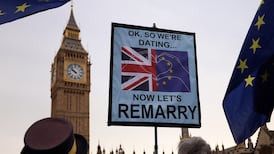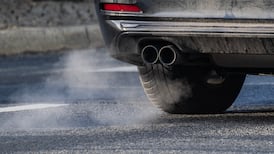When the Government last May set out its estimates of the likely cost to households of water charges, one of the unknown factors in its calculations was the price per litre of water to domestic users. That was left to the Commission on Energy (CER) – as the water regulator – to decide later in agreeing a price tariff with Irish Water. The regulator was also asked to set the annual free water allowance for households. The CER in its draft price plan has outlined the proposed water charges and, unsurprisingly, the public has not welcomed them. Households will be paying more than Government had led them to believe, just months ago. The water charges, which are higher than the Government’s estimates, are among the highest in the EU.
In May, the Government had for some weeks struggled to agree the different charges and exemptions that would apply in levying the water charge. This difficulty reflected the political nervousness of the Coalition partners in advance of the local and European elections, where Fine Gael and Labour ministers were anxious to avoid political controversy and not to upset the electorate. In finally reaching agreement on water charges, the Government left much for the water regulator to decide. Where the Government had estimated €240 as the average annual cost per household of water charges, the regulator has proposed increasing this to €278 for a household of two adults and two children.
The charge per litre of water has been higher than generally expected, while the allowances for children have been greatly reduced. Where the Government had said that up to 38,000 litres a year per child would be allocated free, Irish Water, with the regulator’s assent, has cut the allocation to 21,000 litres. The reduction followed a submission by Irish Water, which claimed its research showed the Government’s estimated allowance for children was far too generous. If so, then what research – if any – informed the Government’s own estimate of a water allowance for children that was some four-fifths larger?
The allowance the Government proposed – which may well have been too generous – has been replaced by one that seems barely adequate, and for some households could also prove too costly. For households in which children are under the age of 18, the free water allowance is far from generous, while for households with children aged 18 and over, who may be attending third-level education but who are assessed as adults for the water charge, the imposition is unfair and excessive. The proposals by the CER have not been finalised. They remain open to public consultation and change; something the Government, given its misleading estimate on how much households were likely to pay in water charges, should now carefully consider.









